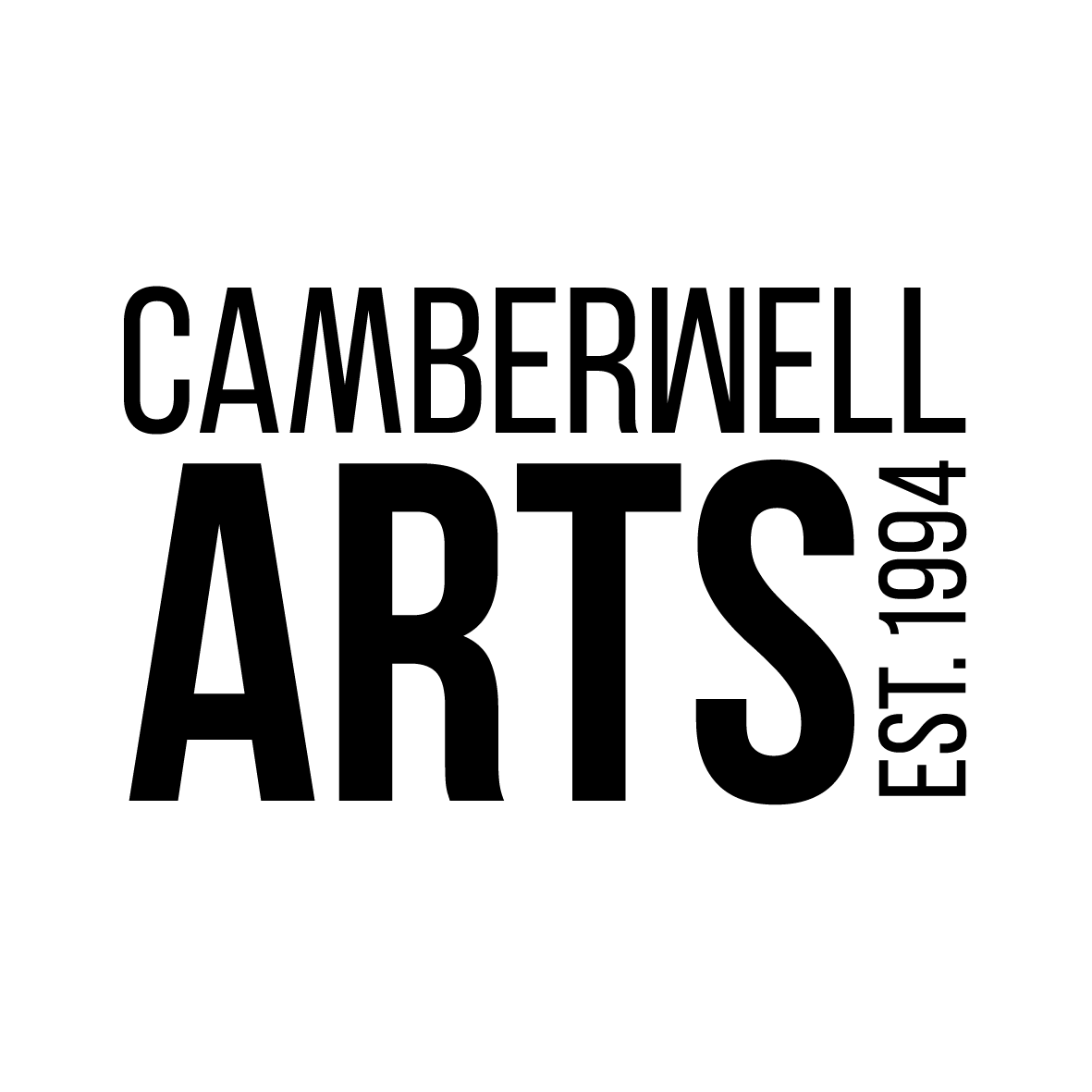While the technique of reverse-glass painting has a deep tradition in Byzantine and central European religious and folk art, it has had strikingly little presence in modern or contemporary painting. How so? The medium's sheer clarity of colour and flawlessness of surface probably seemed to lack something of the essential frictions or resistances craved by the modernists. Freed from the weave of canvas or the cast of shadow, colours take on a super-charged intensity. Preserved like vacuum-sealed specimens, pigments behind glass seem finally to have found themselves, erupting and settling into their truest states. Oil paint applied to glass becomes a volatile chemical - undiluted, its potency requires a brave hand. Kandinsky experimented with the technique in the 1910s, but only produced a handful of works. It is almost worryingly exquisite.
'Horatiu Bolder', Tim Garwood's second show at Sim Smith, is composed of seven reverse-glass paintings - a back-to-front process, the 'top' layer painted first, the 'background' last - one neon work, and a work on canvas (all 2022). These works are driven by a love for and fascination with texture and materials - from lace curtains from Deptford market ('Chat live, shut out the moon'), to Ikea tablecloths ('Rough House'), to the ethereal and hi-tech flawlessness of glass surfaces, their monumentality contrasting with today's ubiquity of glass screens. Garwood brings the more intuitive, tactile, and responsive modes of twentieth-century painting to the highly controlled and mediated aesthetic of the smartphone, and the glass feels almost swipeable - Garwood's fingerprints are stamped in the oil paint in 'I know I can't sing but I will sing Prince if the acoustics are good'.
The glass paintings are so grandly opulent - lush spills of ink, half-guided across the flat glass surface and formed into quasi-galactic eruptions, blooms and atmospheres - that they toy with the possibility of becoming merely ravishing, threatening to abandon the frictions of this world to slide off to join Murano glass and cathedral windows in smoother aesthetic realms. To be simply alluring, though, is not Garwood's objective, and the seductiveness of these works is interesting less as a culmination of effort than as another problem to be solved.
Garwood is exactly the kind of painter you want taking on these risks. Intuitive and quick thinking, he responds to the charm of his materials, to the flows and gushes of oil, acrylic and ink across the surface, by thwarting their more billowing tendencies. A blue grid in spray paint frames a burst of vaporous aquamarine ('Nostalgic Fucker'). A red grid quietly marks out the pictorial space in the background of a crowded composition in 'Pending Sync'. These grids, added at the very end of the process, do more than add compositional structure - they undercut any ambitions the works might have had of aspiring to an easier sort of beauty. Ultimately, Garwood's interest in 'Horatiu Boldor' is not in making things look lovely, but in heightening the stakes of the dramas and tensions of painting - between physicality and levity, transparency and colour, control and surrender.
- Tomas Weber, May 2022
Tomas Weber is an independent writer living in London. His work has appeared in the Guardian, Artforum, Frieze, ArtReview among others.

